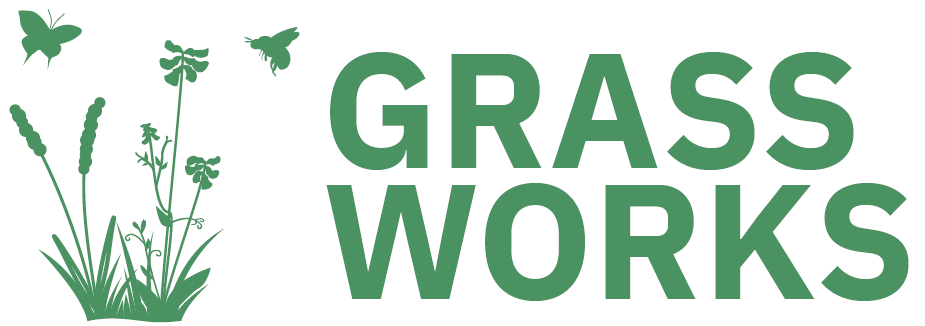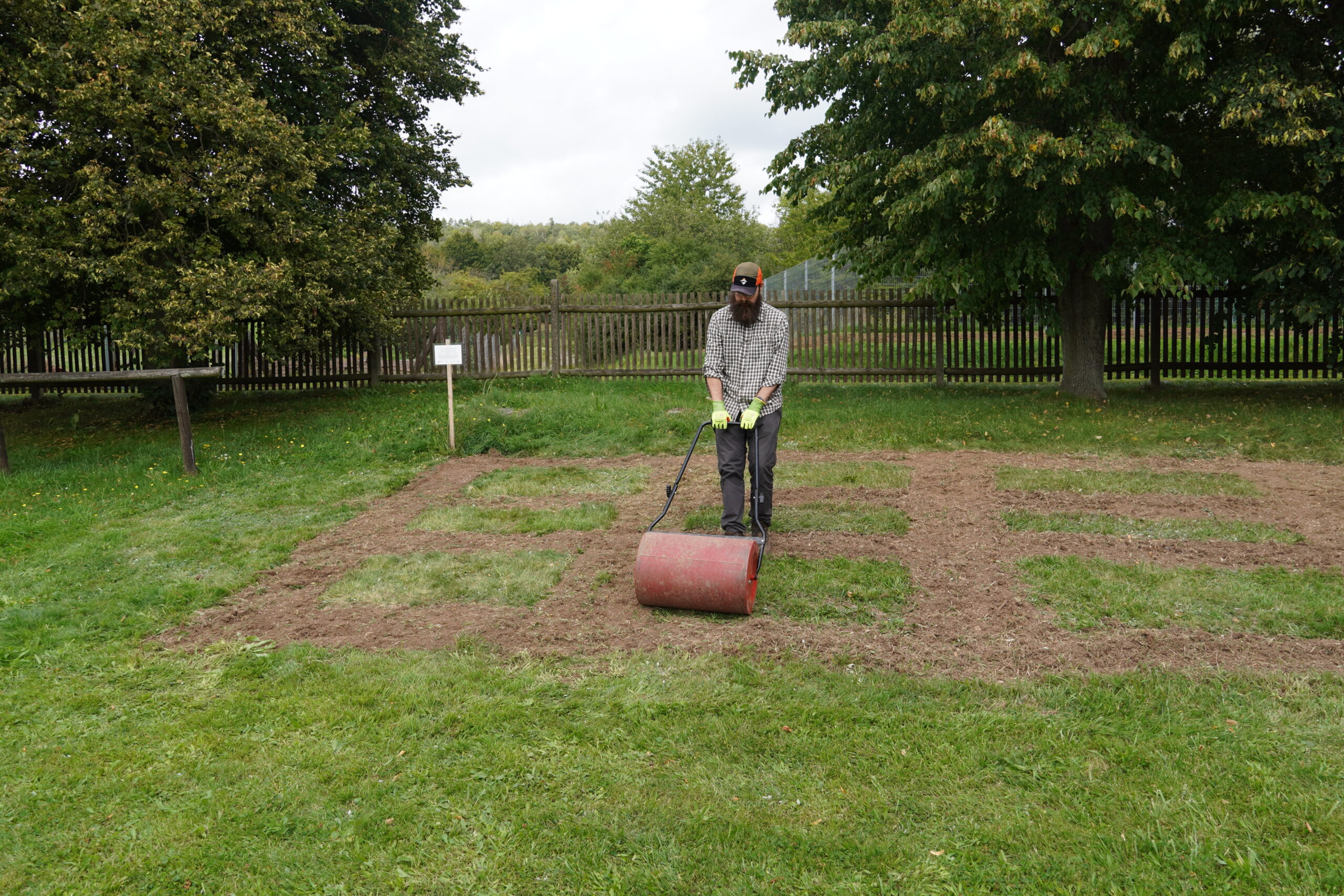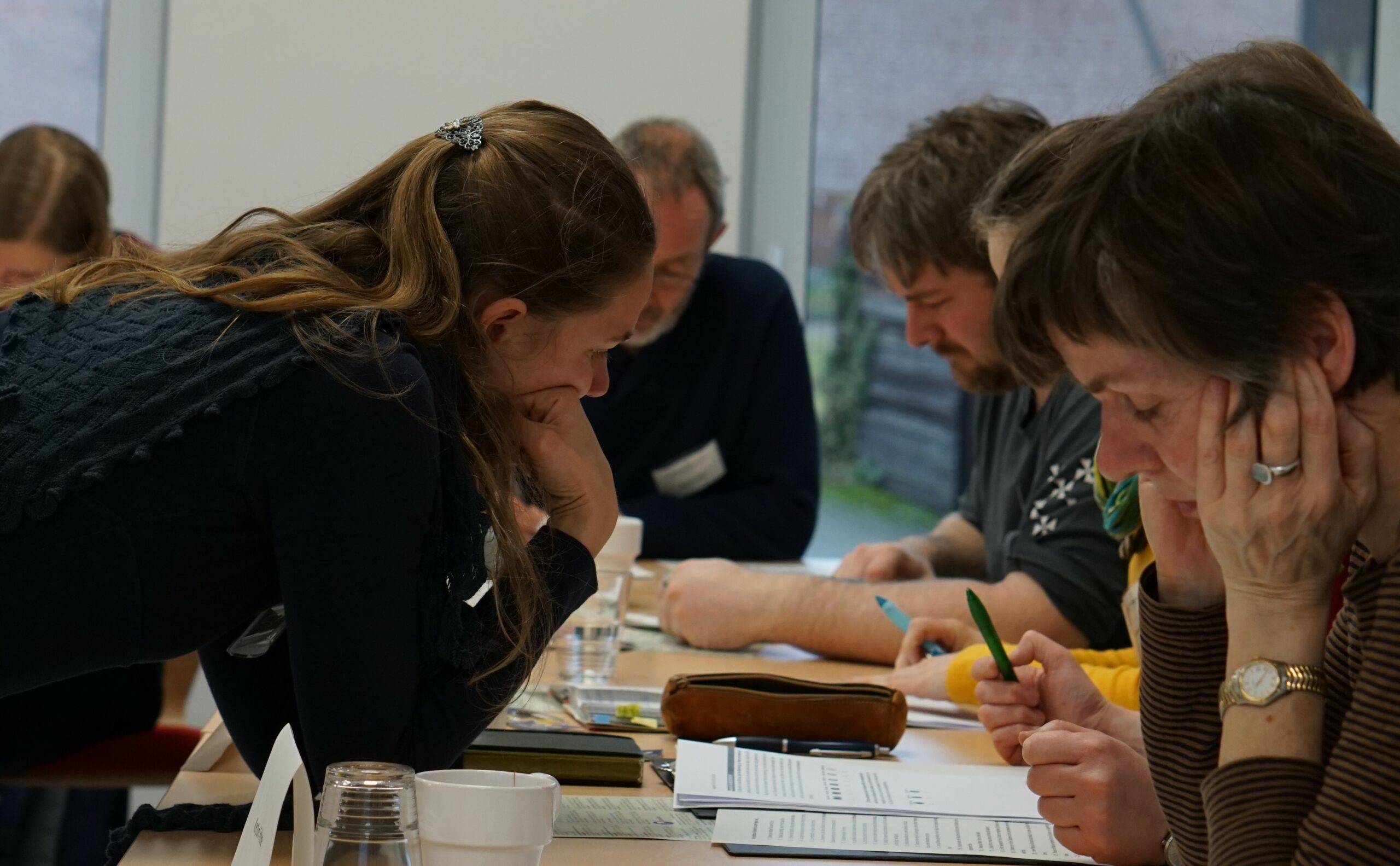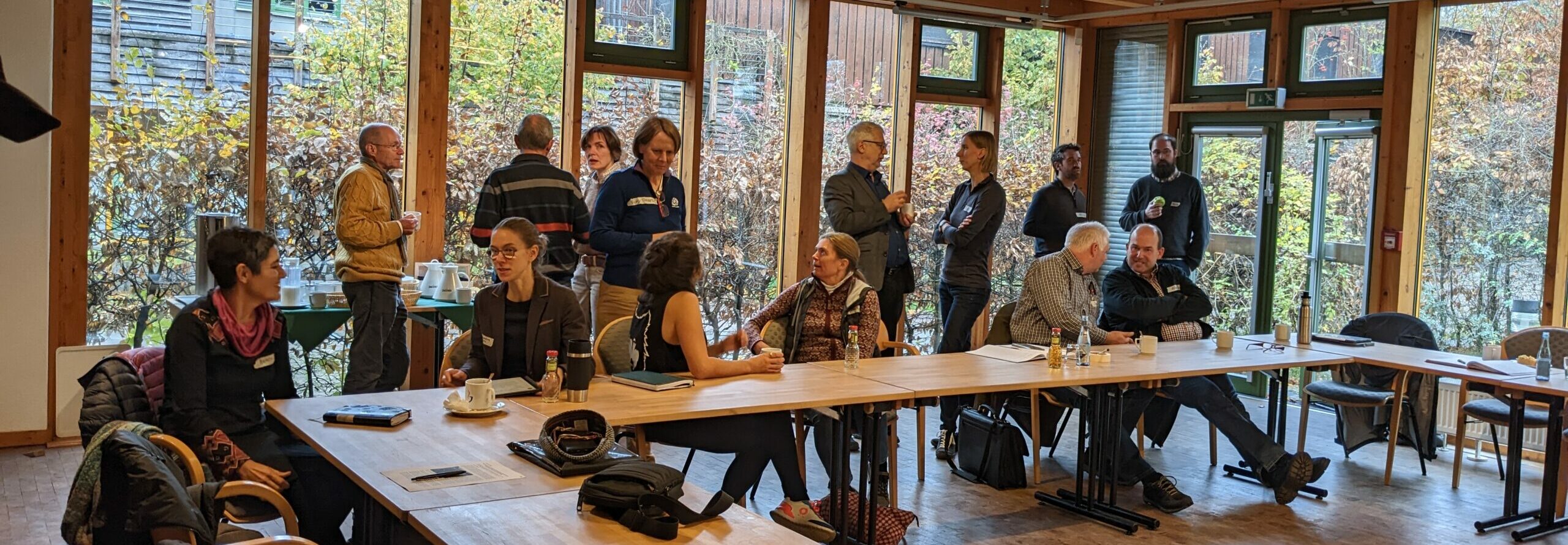Social-Ecological Research
At the heart of the socio-ecological research component are the Real-World Laboratories (RWL) or Living Labs (LL). They operate at the interface between science, practice and society. RWLs function as newly structured forms of cooperation and collaboration between scientific and social actors – as well as open spaces for research, learning and design, where new ideas can be thought through in a transdisciplinary way, thereby initiating transformation processes. Also, they provide an experiential environment where people are immersed in learning together, co-creating and reflecting on their own practices and futures. Three RWLs have been established, one in each of our model regions (North, Centre and South), which differ in terms of their socio-economic, political and ecological contexts.
There are three main components to the RWL in each of the three regions:
Ex-ante/ex-post evaluation
The first component is the ex-ante/ex-post evaluation: The ex-ante evaluation measures initial stakeholder views, values, knowledge, motivation and barriers regarding nature, biodiversity and restoration. The ex-post evaluation, on the other hand, is the assessment of changes in valuation of grassland (and nature in general) & grassland restoration - also assessing the other aspects described above.
Transdisciplinary co-creation with local SH
The 2nd component is the transdisciplinary co-creation with local stakeholders: Here the idea is to identify some context related problems concerning grassland restoration and to generate knowledge together using co-creative methods.
Demonstration sites
The 3rd component is the "knowledge exchange using demonstration sites for multifunctional outcomes": here we focus on different demonstration sites in all three regions.
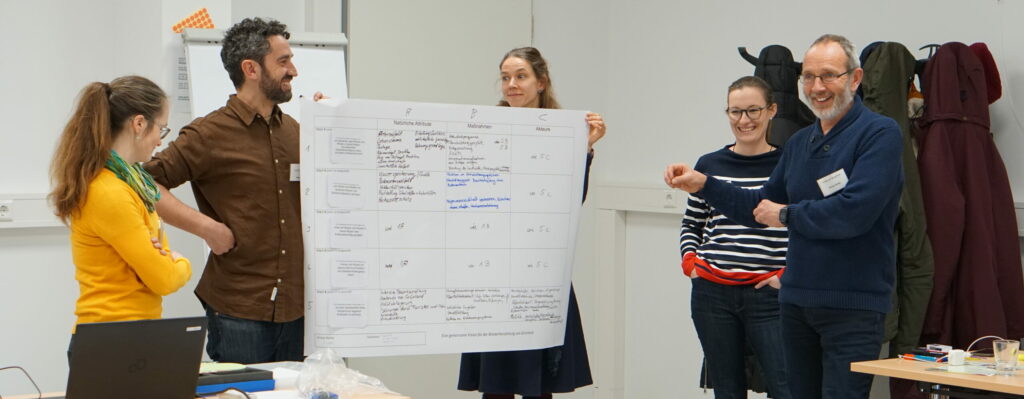
Real-World-Lab North
Landkreis Gifhorn, focus around Hankesbüttel
- Medium economic strength
- Medium nutrient inputs, extensive grassland owned by the cooperation partner, species-poor and degraded despite extensification and restoration measures, otherwise few grasslands in the model region
- Low acceptance of restoration measures so far, but good conditions for initiating a transformation through cooperation with some farmers
- Cooperation partner: Fischotterschutz e.V.
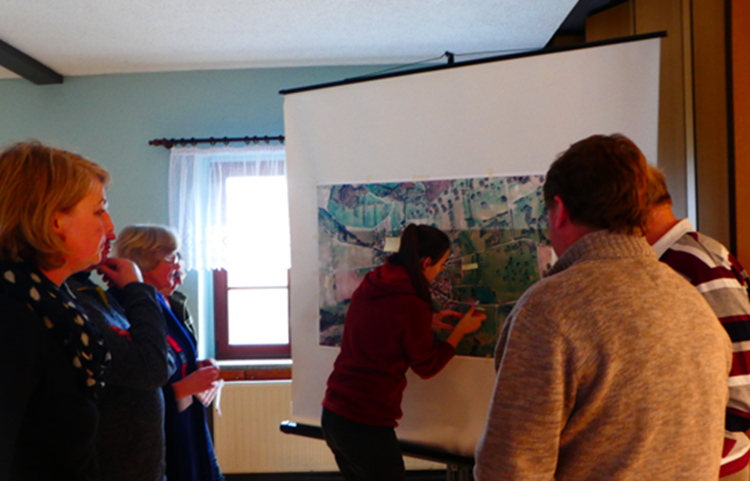
Real-World-Lab Centre
Biosphere Reserve Karst Landscape Southern Harz, focus on Hainrode village
- Low economic strength
- Within a biosphere reserve, which is itself a model region as such, with much unrealised potential
- Increasing risk of grassland fallow, loss of connectivity structures, residual populations and grassland target species still partially present, low nutrient inputs, good regeneration potential
- Partially receptive towards restoration measures, but implementation hindered by poor economic framework conditions and lack of governance structures. In some cases, biodiversity and ecosystem services (ESS) are still poorly valued.
- As part of the real-world laboratory, there are plans to involve local stakeholders in restoration activities through citizen science programmes and in monitoring the success of participatory pilot actions. There is also great potential for collaboration with the biosphere reserve and the very active village community of Hainrode.
- Cooperation partner: Heimat & Naturschutzverein Hainrode e. V.

Real-World-Lab South
Donau-Isar lowland, Lower Bavaria
- High economic strength
- Intensive agricultural use, high nutrient inputs, fertile soils, remaining grassland threatened by ploughing, gravel extraction and dyke construction
- Increasing awareness of the value of biodiversity, leading to increased restoration efforts, especially in connection with compensation areas. At the same time, however, many farmers are resentful of new species protection legislation and have a blocking attitude. The greatest potential for restoration lies in dry sites such as dykes and in increasingly protected floodplain landscapes.
- Online forum involving people from the Gauting municipality and information exchange on restoration projects.
News from the social-ecological part
Insights into the implementation of Real-World-Laboratories
